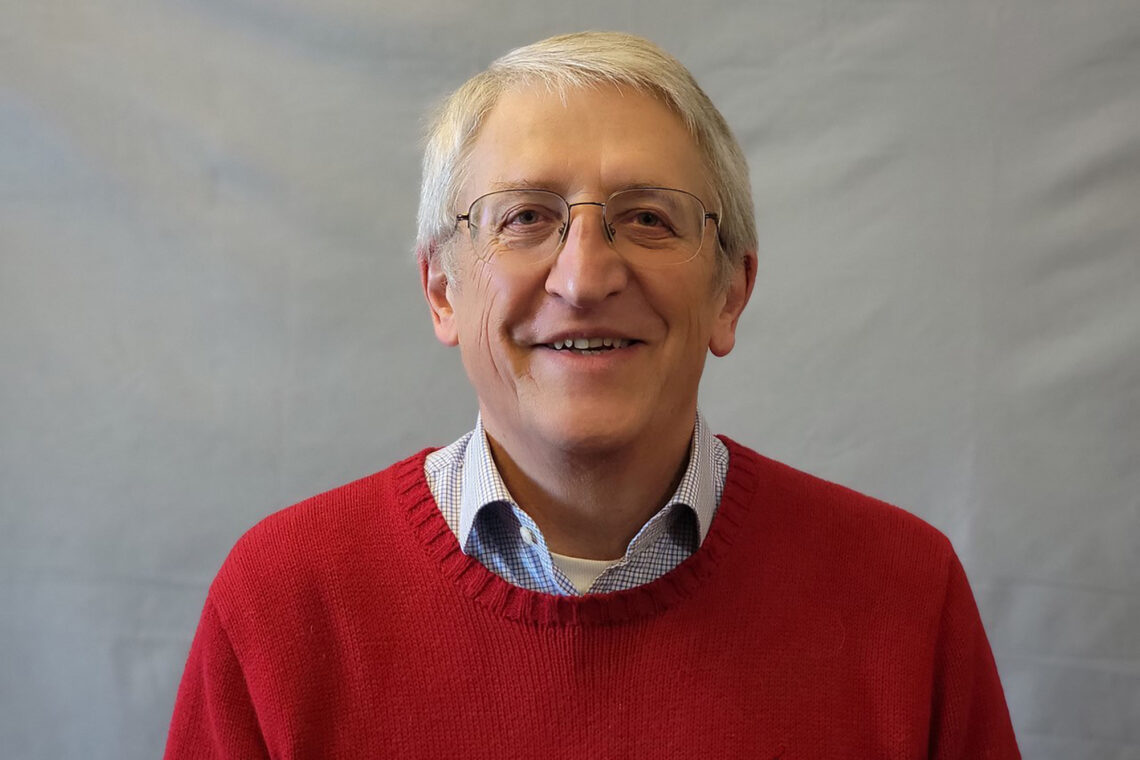A new study marks a significant step forward in positioning synthetic polymers as an alternative for expensive, unsustainable minerals used in the manufacture of devices such as conductors, transistors and diodes.
These newly tweaked polymers - developed by University of Illinois Urbana-Champaign professors Ying Diao and Joaquín Rodríguez López in collaboration with Jean-Luc Brédas of the University of Arizona, John Reynolds of Georgia Tech and Dali Sun of North Carolina State University - possess special properties enabled by controlled chirality and chemical doping.

The study findings are published in the journal Nature Communications.
Chirality, which can arise from persistent twisting of a polymer's backbone, is one of nature's strategies for building complexity. One advantage of chirality is that it allows materials to efficiently funnel electricity by transporting electrons with the same spin direction - or quantum state. Doping, the addition of chemicals to enhance performance, has long been used to improve conductivity in semiconductors; however, research and development in doping polymer-based semiconductor molecules has lagged.
"We were very surprised to find that structural chirality, which up to now had not been considered a parameter relevant to doping, significantly boosts the chemical reaction that controls doping in polymers," said Diao, who is a professor of chemical and biomolecular engineering at Illinois.
In the lab, researchers were able to twist polymers using a variety of solvent-processing techniques, doing so in a controlled manner while measuring the polymers' conductivity.

"In our previous research, increased chirality was found to be harmful for charge mobility," Diao said. "This is because such twisting caused charges to become more localized, reducing their ability to move freely through the material, which lowered mobility and overall conductivity."
However, the current findings reveal a surprising reversal: after doping the polymer, increased chirality leads to higher conductivity.
Diao and Rodríguez López's team said that they are uncertain about how and why this occurs. The primary mechanism proposed - that chirality influences electron spin to enhance conductivity during doping - remains a hypothesis.

"More studies are needed to clarify the exact processes at play when chirality tunes the conductivity in doped polymers, and for this to move on to commercial technologies, we will require further research and validation," Diao said. "Our focus for future work will be on scientifically proving the mechanism that we have hypothesized and exploring the practical uses for the phenomenon."

Zhuang Xu and Peisen Qian from Illinois, Shamil Sajev from Arizona and Yoji Nabei from North Carolina State University were the lead junior authors of the study.
The Office of Naval Research and the Air Force Office of Scientific Research supported this research. Rodríguez-López is a professor of chemistry at the U. of I. Diao also is affiliated with materials science and engineering, chemistry, the Materials Research Laboratory and is a full-time faculty member of the Beckman Institute for Advanced Science and Technology at Illinois.






